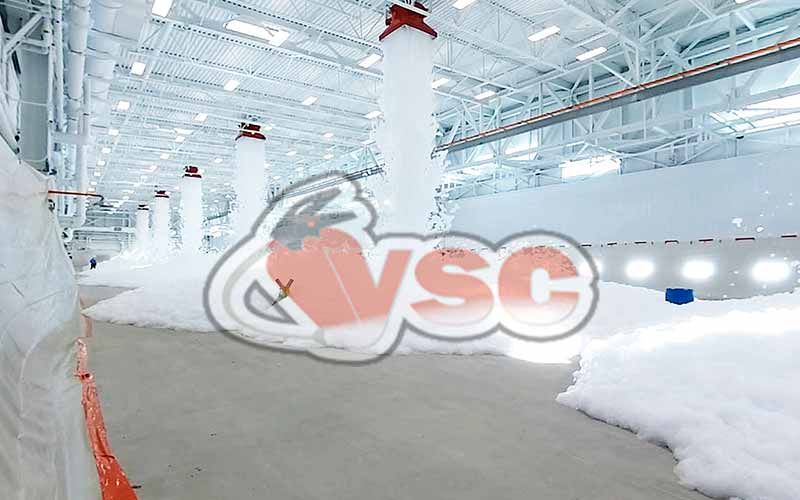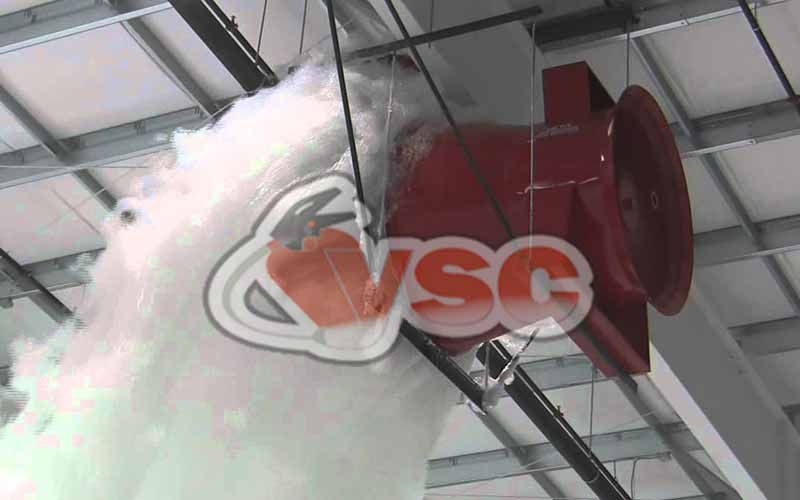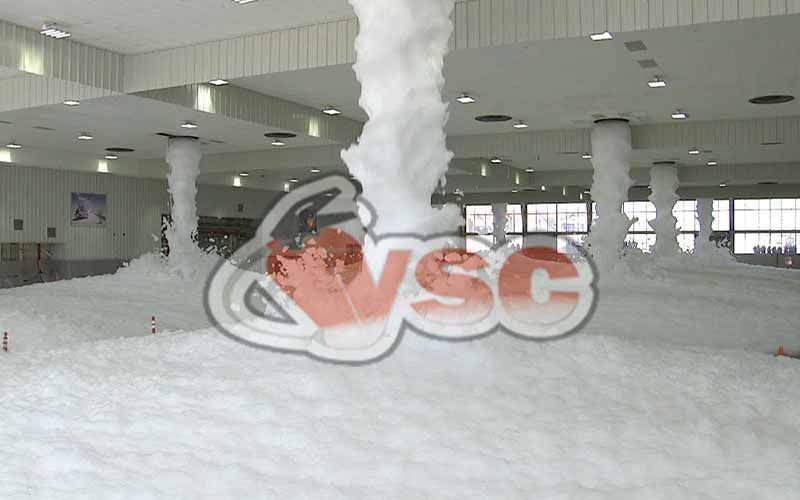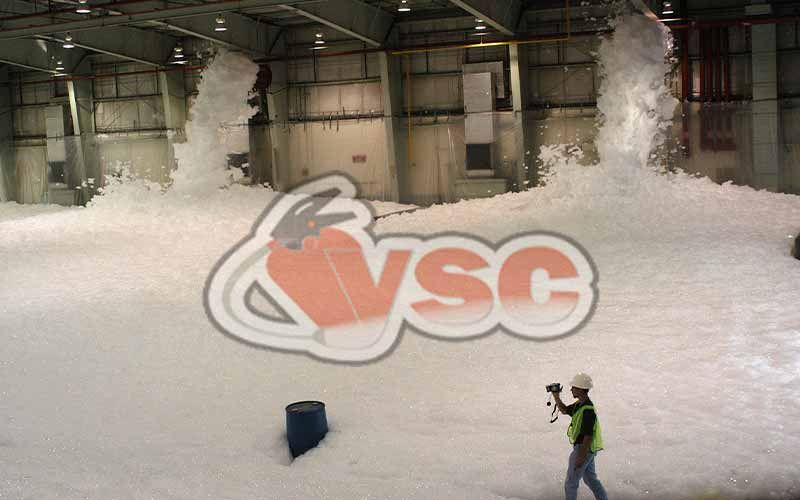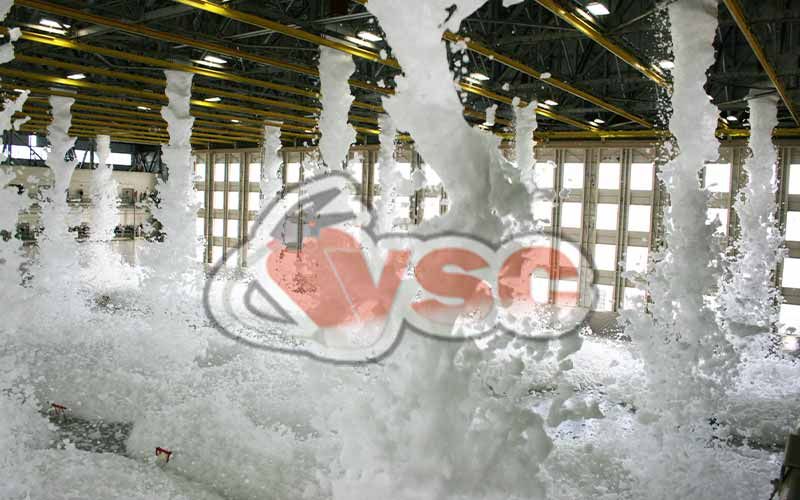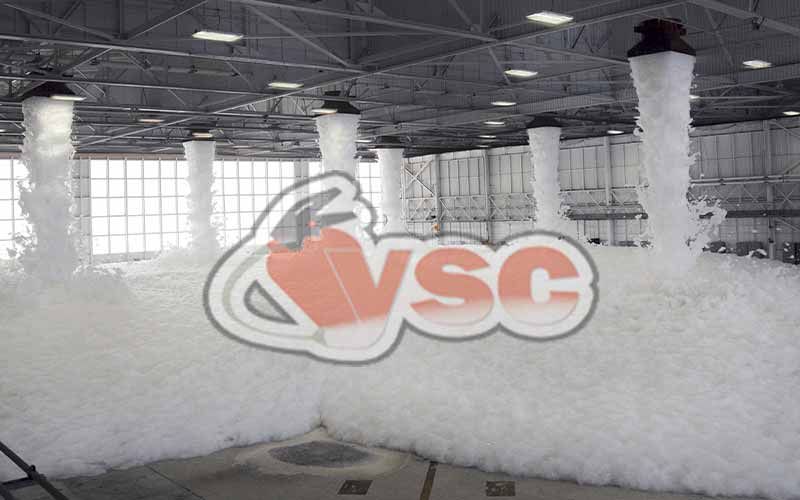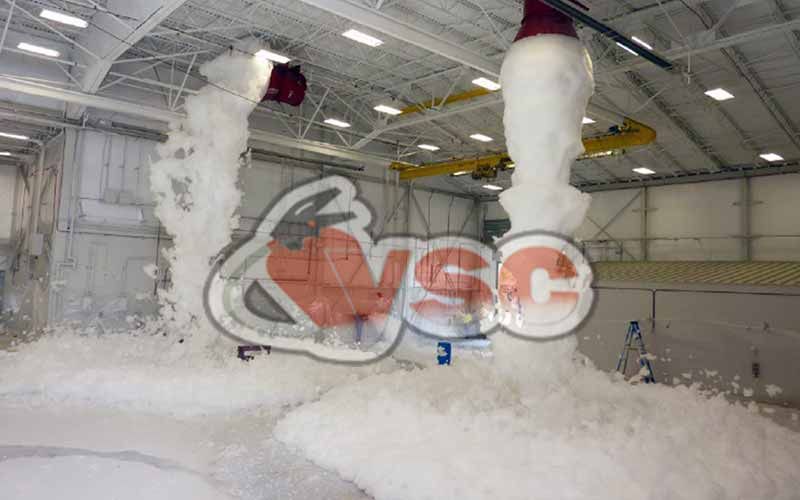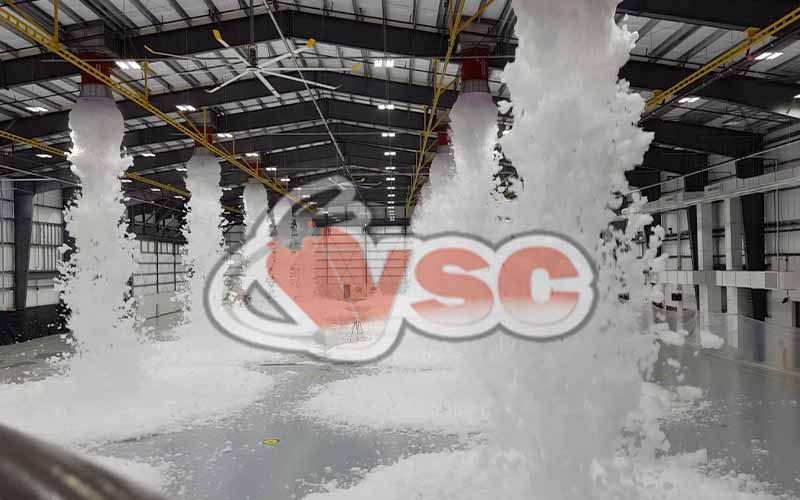Foam Extinguishing Systems (What is it? Working Principle)
One of the most commonly used fire suppression systems is the foam fire extinguishing system. These systems utilize chemical extinguishing agents that effectively combat various types of fires. The foam systems have different advantages during and after their usage. When pressurized and sprayed onto the flames during a fire, the foam covers the fire surface and cuts off the connection between the flames and oxygen, resulting in rapid extinguishing.
The key features of foam fire suppression systems include preventing the burning material's contact with oxygen, inhibiting vaporization caused by heat, separating the burning material from the flames, and cooling the surface of metals with high heat conductivity. Foam systems are categorized based on the type of extinguishing agent they contain, with two main groups being protein-based and synthetic-based foams.
Synthetic-based extinguishing agents are categorized as AFFF, which creates a flowing film of foam liquid, and AR-AFFF, which forms an alcohol-resistant flowing film of foam liquid. In protein-based extinguishing agents, there are types like RP (regular protein), FP (flour protein), FFFP (film-forming fluoroprotein), and AR-FFFP (alcohol-resistant film-forming fluoroprotein).
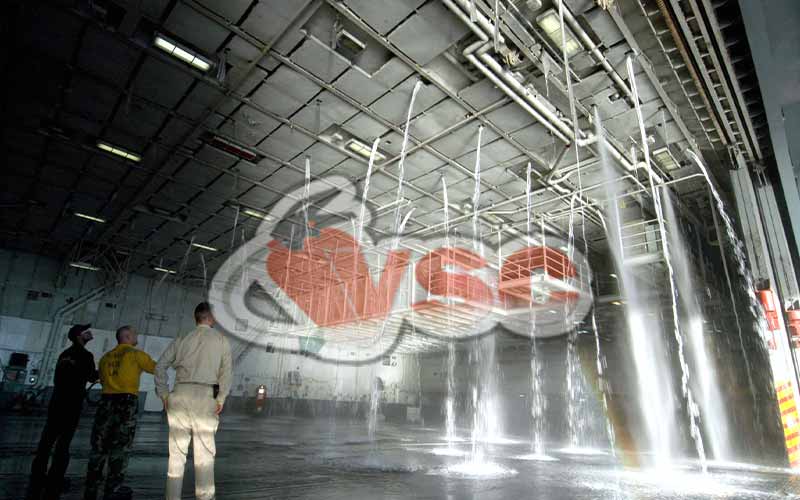
What is Foam Extinguishing Systems?
So, what are foam fire suppression systems? These systems can be defined as fire suppression systems that use foam liquids and are kept under a certain pressure for intervention during fires. They are highly effective in combating fires caused by flammable liquids and fuel, and they can be designed in a multiple configuration using sprinklers to protect larger areas automatically.
These systems are commonly used in heliports and aircraft hangars, where there is a risk of ignition from various materials and fuels. Due to their quick response to flames, these systems are widely used in Turkey and beyond. The effectiveness of extinguishing agents for different fire types is supported by scientific studies, and these principles are utilized during the design and project phases of fire suppression systems, ensuring a technically sound approach to fire suppression.
Foam fire suppression systems also fulfill the mission of preserving the health of the firefighting personnel by trapping the gases released by the burning material during a fire. They can adhere to both horizontally and vertically burning materials, ensuring comprehensive extinguishing capabilities. For these reasons, they are considered one of the most capable fire suppression systems and are preferred in various applications.
Foam Extinguishing Systems Working Principle
Regarding their working principle, foam fire suppression systems must consider various aspects, from project design to intervention during fires and post-fire cleanup. The extinguishing agents stored in pressurized containers during the production phase should be prepared in a suitable manner for pressurized operation during installation and intervention. Regular maintenance is essential to ensure that the systems are ready for action when needed. The integration with detection systems is crucial, and the proper functionality of the detection system components must be ensured.
Foam fire suppression systems rely on the integration with detection systems that trigger the system when a fire is detected and provide support to firefighting personnel by delivering the intervention to every point. Due to the complexity of these systems, they require expertise in engineering and should be subjected to a professional process.
-
FM-200 Gas Fire Suppression Systems
-
Kitchen Hood Fire Suppression Systems
-
Sprinkler Fire Suppression Systems
-
Carbon Dioxide Extinguishing Systems, CO2 (What is it? How is it used?)
-
FE25 Gas Extinguishing Systems (Working Principle and Price)
-
In-Panel Micro Extinguishing Systems (Electricity Panel)
-
Clean Gas Fire Suppression Systems (How Does It Work? Gases Used?)
-
NOVEC 1230 Fire Suppression Systems (Gas)
-
Argon Gas Extinguishing Systems (INERT Gas, Turnkey)
-
Vehicle Extinguishing Systems (Tube, Maintenance)
-
Fire Detection and Warning Systems
-
Foam Extinguishing Systems




